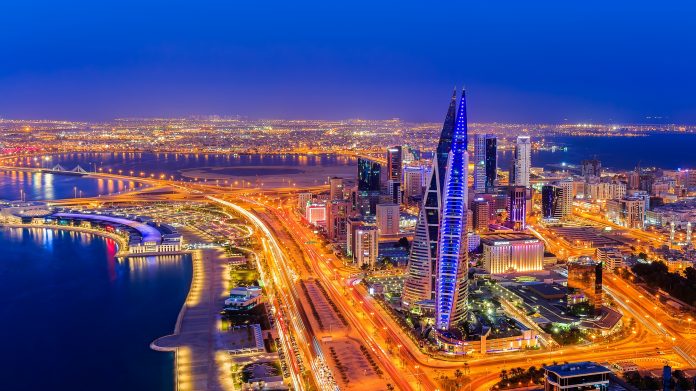
- The Savills global living 2021 report focuses on the impact of global migration and post-pandemic trends on world cities with a GDP of USD 50 Bn or more
- International and domestic migration, temporarily limited by the pandemic, is forecast to return to pre-pandemic levels by 2024
- Kuwait City, Abu Dhabi, and Dubai are the Middle East’s mobility leaders, each with net migration rates projected to exceed 8% over the next five years
- The rise of hybrid working will become a key driver in mobility trends as workers place increasing importance on their living environments, whilst needing access to their offices
Savills, the leading global real estate advisor, recently released its Global Living 2021 Report, Part II. The study focuses on the impact of global migration, mobility trends in the context of the pandemic and ESG, with a spotlight on embodied carbon. Despite the disruption caused by COVID-19, the report predicts that global population movement will reach pre-pandemic levels by 2024, propelling the operational real estate sector to new heights.
Steven Morgan, Chief Executive Offier at Savills Middle East said: “Demand for purpose-built, professionally managed residential space is expected to increase further as cities worldwide begin to recover from lockdowns and global net migration returns to pre-pandemic levels. The Middle East’s economy has recovered rapidly as a result of the accelerated vaccination drive, showcasing its resilience as a place of investment and residence. This has resulted in an increase in investments, thereby creating employment opportunities and stable incomes. Cities in the region such as Dubai, Abu Dhabi and Kuwait City have emerged as mobility leaders, each with net migration rates projected to exceed 8% over the next five years.”
The continued economic growth in the Middle East has allowed key markets such as the UAE, Saudi Arabia, and Kuwait to focus their efforts on improving their residential and commercial infrastructure, which has been greatly aided by government initiatives such as Dubai’s Vision 2040 and Abu Dhabi’s Vision 2030. This has increased investor interest in the region. Furthermore, as restrictions have been lifted and daily consumer activity has resumed, the increased availability of retail and leisure activities, combined with the revival of live events, has increased mobility within the region, accelerating the growth of the real estate sector.
Swapnil Pillai, Associate Director, Research at Savills Middle East added, “Whilst capital values increased in the Middle East in 2021, the rental market remained stable, owing primarily to travel restrictions between key source markets. However, as travel restrictions continue to ease and economic activity accelerates, creating new job opportunities, the real estate sector is likely to see an acceleration in growth.”
Climate change is another contributing factor that will continue to shape the sector in the coming years. According to the report, embodied carbon accounts for 11% of total global carbon emissions, rising to 40% when operational carbon is included. This indicates that sustainable construction methods, building standards, and redevelopment opportunities will become critical as new, more sustainable products are required to meet rising tenant demand.

































